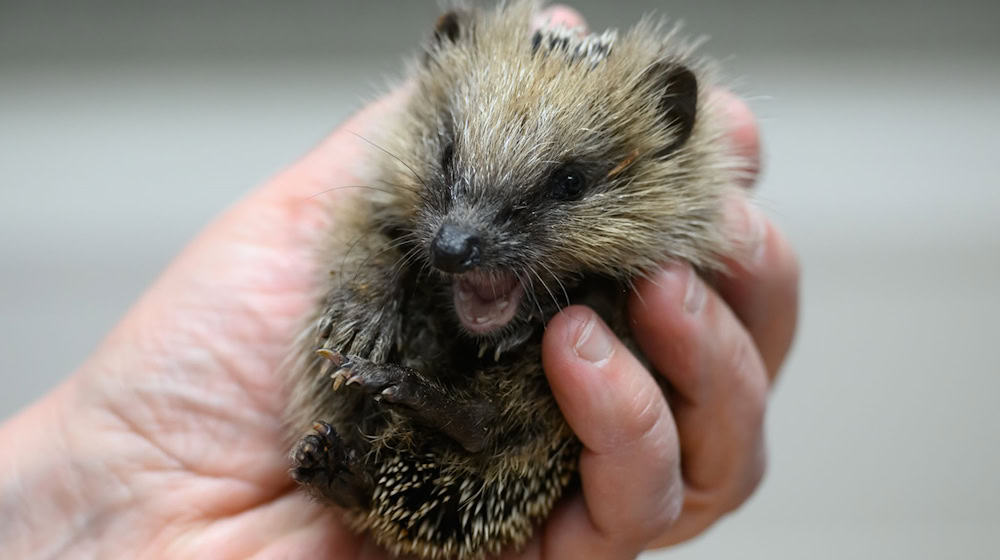Lack of food and an increasing number of man-made dangers are putting hedgehogs in Saxony under pressure. According to animal welfare activists, the population has been steadily declining for years. "Compared to 1994, 85 percent fewer hedgehogs are now found on the road, even though traffic has increased," said Sven Möhring from NABU Saxony. This shows how decimated the populations of these small mammals are. "It actually looks dramatic."
A problem, according to the State Office for the Environment, Agriculture and Geology (LfULG), is the decline in settlement areas that offer food and refuge, for example due to soil sealing and the use of insecticides. Road traffic, red foxes, raccoons and free-roaming dogs have also caused considerable losses, "and robotic mowers". Last but not least, the food supply for hedgehogs continued to deteriorate due to the drought years.
Hedgehogs not yet classified as endangered
The hedgehog is still not considered endangered in the state, said a LfULG spokeswoman. In the state's current Red List, it is classified as "endangered", in the federal government on the "early warning list". Frequencies of 0.5 specimens per hectare, as in the late 1980s, are rather rare, and there are no recent records.
Injured hedgehogs are found more frequently in the fall
The hedgehog help association in Radebeul has been ringing off the hook for weeks, with queues of people who have found animals forming at the station again since September. "We already have more than in the whole of last year," said chairwoman Karina Görner. As of Wednesday, there were 1,209 animals, many of them emaciated and orphans whose mothers have abandoned their nests. "This is increasing from year to year, mainly because hedgehogs can no longer find enough food." The station is also currently operating at its limit; only the coronavirus year 2020 was worse, with a total of 1,700 animals.
25 volunteers take in tens of found animals there every day, nurture them or advise people who come with hedgehog finds from their gardens. "There are successful returns to the mothers in places where they were discovered," says Görner. They are often not easy to recognize. The prickly inhabitants should be placed in a box - and then taken to the hedgehog rescue center.
Hedgehog fathers already in hibernation
While the male hedgehogs are already in hibernation, the females only become active later to collect food for them, which always takes longer, and leave their offspring alone, reported Görner. This year, the hedgehog station, which has up to 60 places in total, also has to look after a particularly large number of animals with leg injuries. "The regular places are all full." In addition, foster parents are constantly being sought and finders are also being persuaded. "We take a look at the animals and advise them on how they need to be cared for so that they can return home."
The cute four-legged friends with spiky fur are everywhere, but it is not known how many there are across the country. They prefer to live in settlements and their peripheral areas, gardens, hedges, bushes and green spaces or sparse forests. "In the fall, when the young become mobile and independent, the number of run-over hedgehogs increases," reported Möhring, whose NABU group is monitoring the situation. They are overlooked when gardening, fences that reach down to the ground and high kerbs are obstacles - like "gardens of horror with lots of stones and over-manicured golf lawns".
Copyright 2024, dpa (www.dpa.de). All rights reserved




